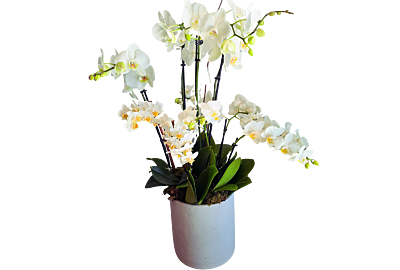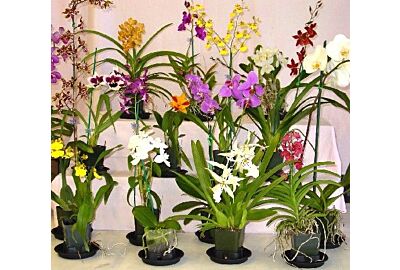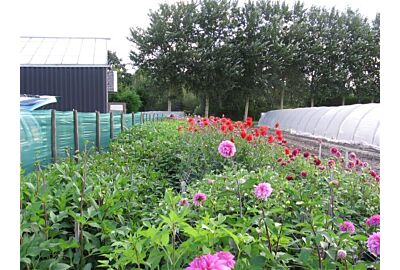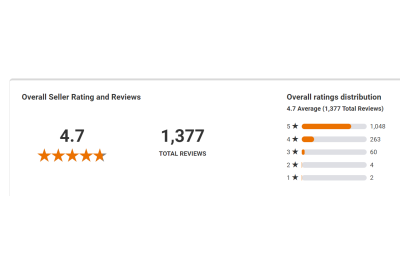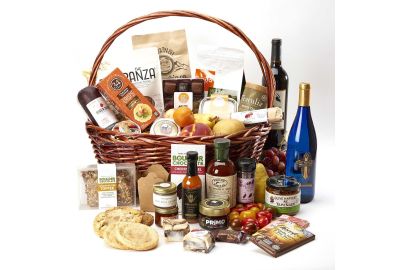When it comes to online reviews, platforms like Yelp and Google Reviews often seem like reliable sources. However, our experience has revealed a troubling reality: unverified reviews can drastically distort a business's reputation, usually to the disadvantage of smaller, honest companies. Unverified reviews open the door to manipulation, allowing larger companies to exploit the system by posting fake negative reviews about their competitors.
Our business, for instance, has a 2.7 rating on Yelp from unverified reviews by 40 or so reviewers yet boasts a 4.7 rating on Shopper Approved from 1377 verified customers. Yelp's policies seem to favor negative reviews, which mysteriously get published almost instantly, while legitimate positive reviews often disappear. It's hard not to suspect that Yelp monetizes these negative reviews, pushing businesses to pay for their reputation management services. Google Reviews, although slightly better, still suffer from the same issue of unverified reviews.
We urge consumers to be cautious and to trust verified reviews from platforms that ensure authenticity. Don’t let the unverified noise of Yelp and Google Reviews influence your decisions. Instead, support businesses that are truly committed to excellent service, as reflected in their verified reviews.



